If you have a direct family member who was born in Italy, there’s a good chance you’re aware that you just might be eligible for Italian citizenship. But… beginning the process of learning, to finding documents that are over 100 years old, to fully understanding Italian law can be daunting.
After five years of trying to obtain citizenship myself, I finally understand the ins and outs of how the whole system works. Yes, it is confusing, and yes, at times, it can be extremely difficult and frustrating, but in my humble opinion, if all of the trials and tribulations lead to having an Italian passport, it’s effort well spent. Here’s what to know if you want to get Italian citizenship through lineage.
Determine Your Eligibility
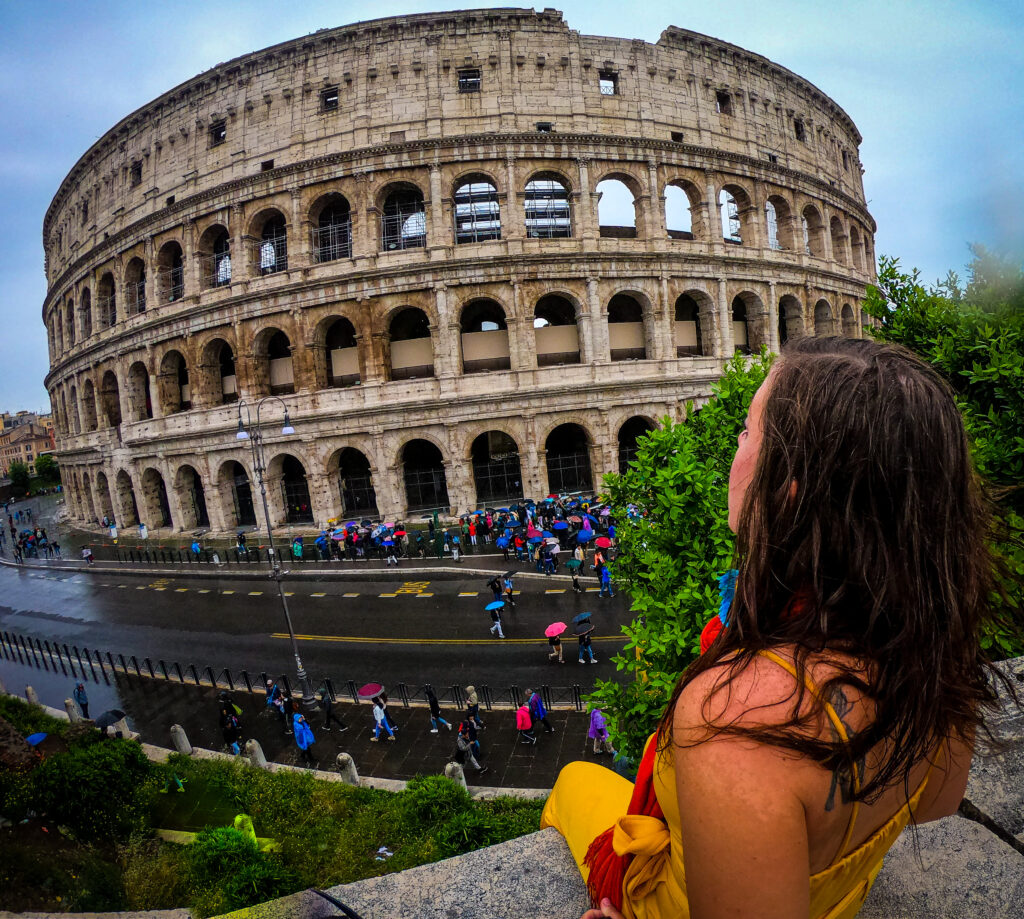
Before you even start the process, you should probably make sure you’re eligible. How will you know? Well, there are a few key questions to ask yourself before you begin looking for documents.
The main question you need to answer is: Do you have a DIRECT family member who was born in Italy? This means either a mom, dad, grandfather, grandmother, great-grandmother, great-grandfather, great-great grandfather, or great-great grandmother. If the answer is YES, then you are possibly eligible.
Using the Male Side (jus sanguinis) Verses Female Side (1948 case)
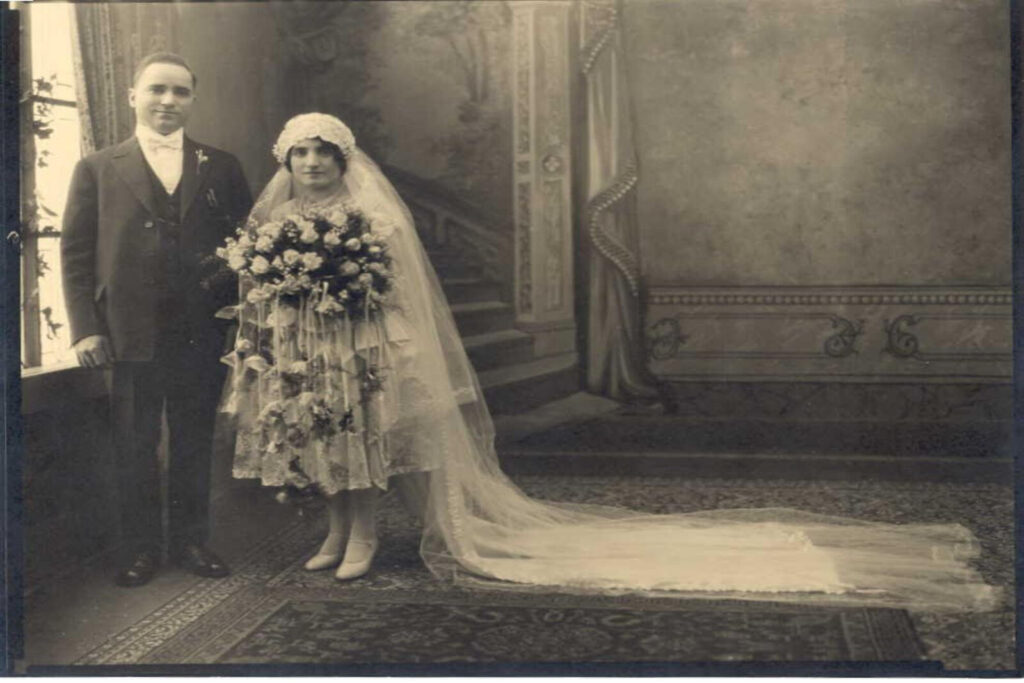
Let’s say you do have two direct lines to someone born in Italy: your great grandmother and your great grandfather.
This is good news, because it means you have two potential routes to Italian citizenship. But … there’s a BIG difference between using the male and female side. Bear with me, because it gets a little technical, but let’s start with the male side, which is generally much easier (and cheaper…more on that later).
Using the Male Side
The male side is the side you’re going to want to check for eligibility first. The rule for applying for Italian citizenship through lineage using the male side is called jus sanguinis, which roughly translates to “citizenship by blood.” How it works is, as long as the line was not broken, meaning your great grandfather did not naturalize as a citizen of another country PRIOR to having the next descendant, then Italian citizenship was technically passed down, let’s say, from your great grandfather to your grandmother to your father to you.
To make it simpler, think of it this way: my great grandfather naturalized as a US citizen in 1926. When he did this, he gave up his Italian citizenship in lieu of becoming an American. He did not have my grandfather until 1934, aka eight years later. Because he was not an Italian citizen when my grandpa, aka his son, was born, that means the line was never passed down, and therefore, the line was broken, so that side is not eligible for Italian citizenship.
Using the Female Side
Using a female side to obtain Italian citizenship is, not always, but often, referred to as a 1948 Case. Since, in my case, the line was broken on the male side, I luckily still had a female side as an option through my great-grandmother, Giovanna. The same exact rules apply; in order for the female side to be eligible, the line also cannot be broken. In my case, my great-grandmother had my grandfather, aka her son, in 1934 (as previously mentioned), but she did not renounce her Italian citizenship in exchange for naturalizing as an American until 1936, aka two years after my grandfather was born.
Because of this, that means the Italian citizenship was passed down through birth to my grandfather, because in 1934, when he was born, his mother, aka my great-grandmother, was still an Italian citizen. According to Italian law, that automatically means my grandfather was essentially born an Italian citizen. However, there’s a twist.
1948 Case Further Explained
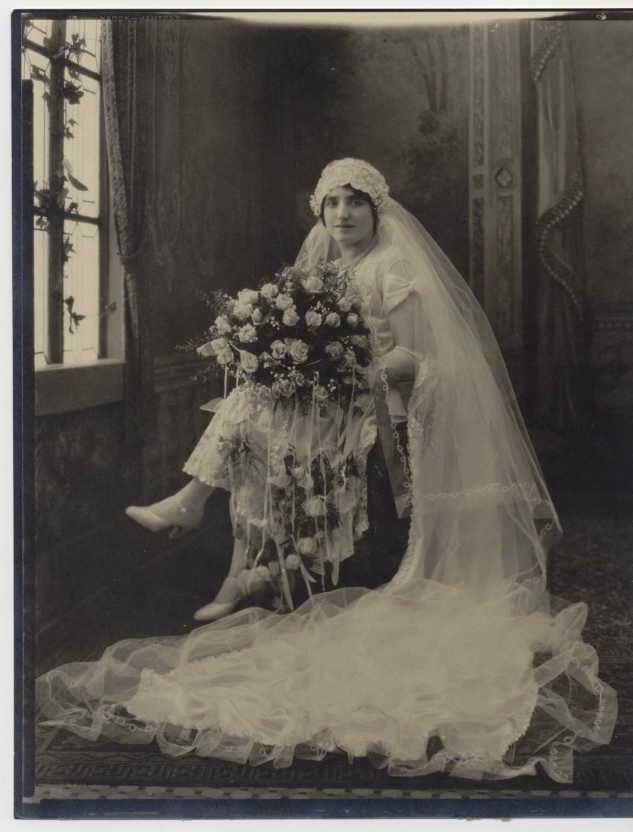
Why is the male side easier? Well, Italian women weren’t considered full citizens until 1948. Because of this, if you’re planning on using the female side, like I am for my great-grandmother, and they were born prior to 1948, congratulations, because you need a lawyer! You don’t need to hire a lawyer right away and I highly recommend, if you want to save money, you do the leg work and find the documents on your own, but eventually, if and when you obtain all of the necessary documents, you will need a lawyer to fight a gender discrimination case in Italy. These are formally referred to as 1948 cases and are EXTREMELY common and often successful.
The logic behind a 1948 case is that, if you were using the male side instead, you wouldn’t need a lawyer, and you would simply just be eligible for citizenship. Good ol’ sexism is still alive and well, my friends.
Jus Sanguinis Further Explained
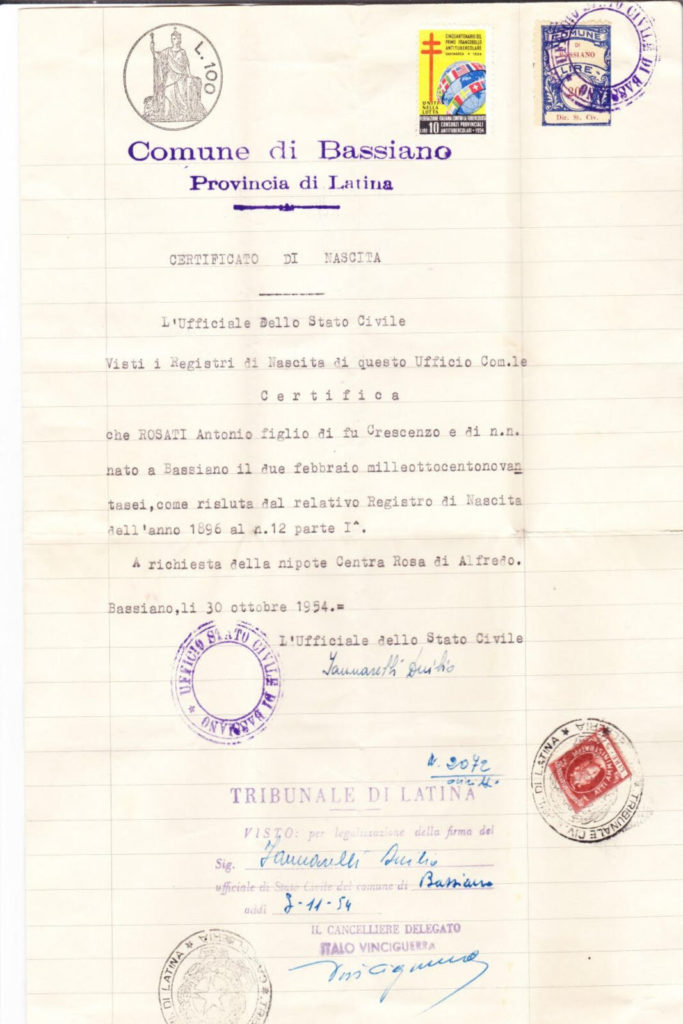
Let’s say the male side was NOT broken, and therefore, the male side is eligible. Congratulations — this route is way easier. All you need to do is simply collect your documents (a full list is below on what you need), get them translated into Italian and notarized, and make an appointment with the Consulate to apply for citizenship. Note that consulate appointments are extremely difficult to come by, and many people have to wait YEARS, so you’ll want to check the website frequently. Once the consulate recognizes you as an Italian citizen, you can then apply for an Italian passport.
What Documents You Need
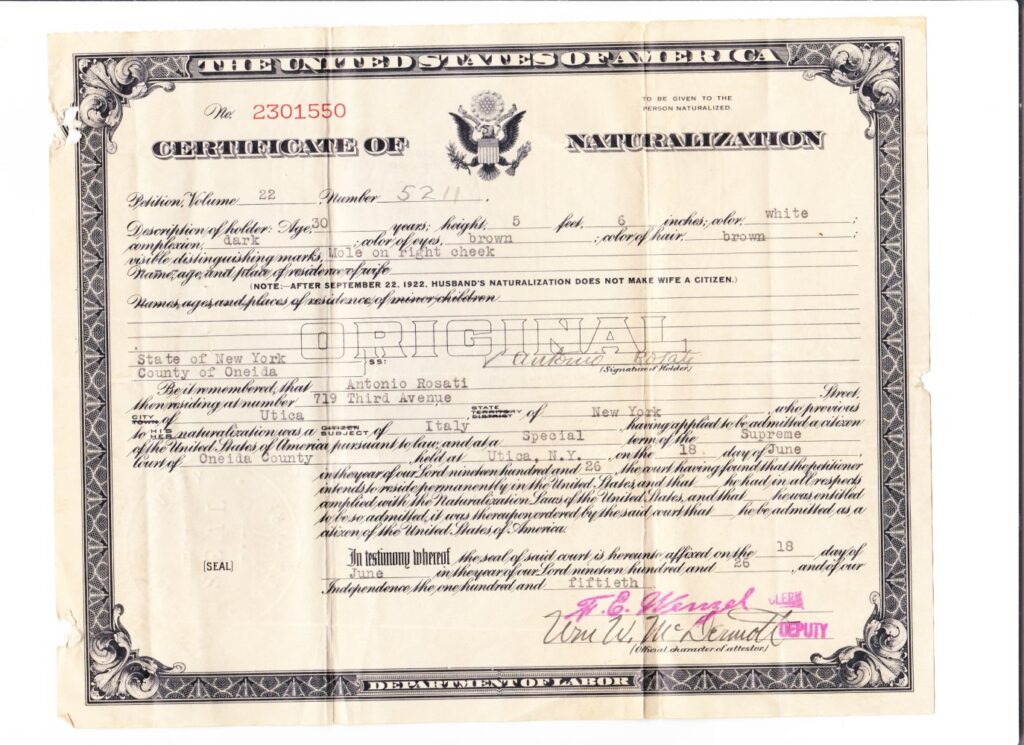
Ah, for the fun part. Collecting the documents.
Regardless of which side you use, you’re going to have to go on a serious hunt for documents. Here’s what you need (assuming you’re going back to your great-grandparents’ side, like I am):
Documents needed for great-grandparents:
- Italian birth certificate
- Marriage certificate
- Naturalization forms
- Death certificates
Documents needed for next in line (a.k.a. grandpa or grandma):
- Birth certificate
- Marriage certificate
- Death certificate (if applicable)
Documents needed for next in line (a.k.a. your mom or dad — only the side which it’s relevant):
- Birth certificate
- Marriage certificate
- Death certificate (if applicable)
Documents needed for YOU:
- Birth certificate
- Marriage certificate (if applicable)
Additional documents you might need on a case-by-case basis:
- Adoption papers
- Divorce papers
As a friendly reminder, the papers that are most crucial to determine your eligibility are the Italian birth certificates and the naturalization forms. Without either of these, it’s going to be very difficult to determine your eligibility and make you a viable case. If you cannot find the original Italian birth certificate, you should try to find a baptismal record from the local church instead.
How to Find the Documents
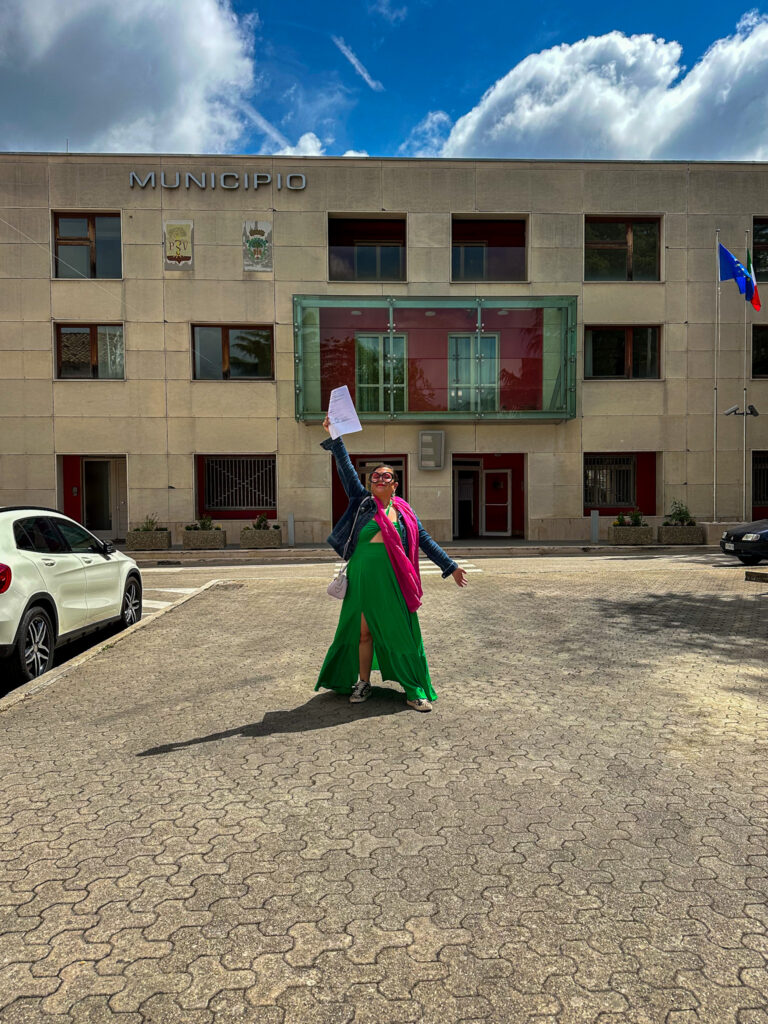
Now that you have a list of what you need, here are a few different ways to find them.
Ancestry.com
If you’re confused as to where to start, I highly suggest signing up for an Ancestry.com account. This is what initially fueled my road to citizenship. I was bored during lockdown in 2020 and signed up for Ancestry, and saw a tab that said “complete your family tree.” Ancestry.com had several of the documents I needed, and even had photos of my ancestors. Ancestry is SO good that they actually had my great-great grandparents’ information, too. Safe to say, if you’re confused on where to start looking, Ancestry is a very good jumping point.
Ask a Family Member/Word of Mouth
If you have no idea where your ancestors came from, put your best private investigator skills to the test and get to work. It’s not too difficult to find out simply through word of mouth. There’s got to be SOMEONE in either your family or possibly hometown who knows a thing or two. I started by asking my dad what he remembered about his grandma, and he told me to talk to his cousin who was very close with her. I reached out to her, and she knew a lot of information about my ancestors, including but not limited to what towns they were born in, when they came to the US, and even had old newspaper articles on my great-grandmother’s success as an Italian immigrant in Utica, NY. Because of her, I knew which commune to look in for her birth certificate.
USCIS
USCIS is unfortunately gong to be a crucial part in your citizenship journey, because they hold the magical naturalization papers. While Ancestry or possibly even a family member has the naturalization papers, USCIS definitely has them. To request a copy, simply go to their website, enter the name of the person whose naturalization forms you’re seeking, and pay $65. This is how I found my great-grandmother’s naturalization forms, but it took 16 months to arrive in the mail, and digital copies are not available, so don’t lose the form once you receive it.
Hire a Genealogist
If you have a name, a general date as to when your Italian line was born, and a city, or at the very least, a province, of where they might have come from, and you still can’t find the birth certificate that you’re looking for, reach out to a genealogist. You simply can’t go wrong with Francesco Curione of 007 Records. He’s fast, efficient, and his prices are extremely reasonable. Send him an email with the information you have and good luck!
Visit the Italian Municipio/Commune
If all else fails, the most fun way to obtain documents is to simply visit where your ancestors came from. Find out the name of the town your ancestors come from, brush up on your Italian, and march right into that city hall and ask for help. I did this in Pignola, and was unsuccessful when I first tried in 2021. However, in 2024, I returned, and asked for the same document but under a different last name; my great-grandmother’s mother’s maiden name (my GGM’s last name is Curto, but her mother’s name was Taurisano). Italian women often do not take the last name of their husbands, so I highly recommend trying this route if you hit a dead end. With the alternative last name, I was able to find the document.
- Pro-Tip: Use Booking.com to find a rental car and search for a local B&B in the town your family comes from. Booking a B&B will give you easy access to conversing with a local, and you can ask them if they know your family, as well as recommendations in town.
- If you’re nervous about speaking Italian, consider buying this pocket translator.
Local City Hall
For the American documents, such as marriage, birth, and death certificates, if you can’t obtain them through living relatives or on Ancestry, call the local city halls where your relatives were born/lived. There are different rules for different states, but the city hall can likely guide you on how to move forward. Safe to say, obtaining the American documents are generally much easier than obtaining the Italian ones.
I Have All of my Documents… Now What?
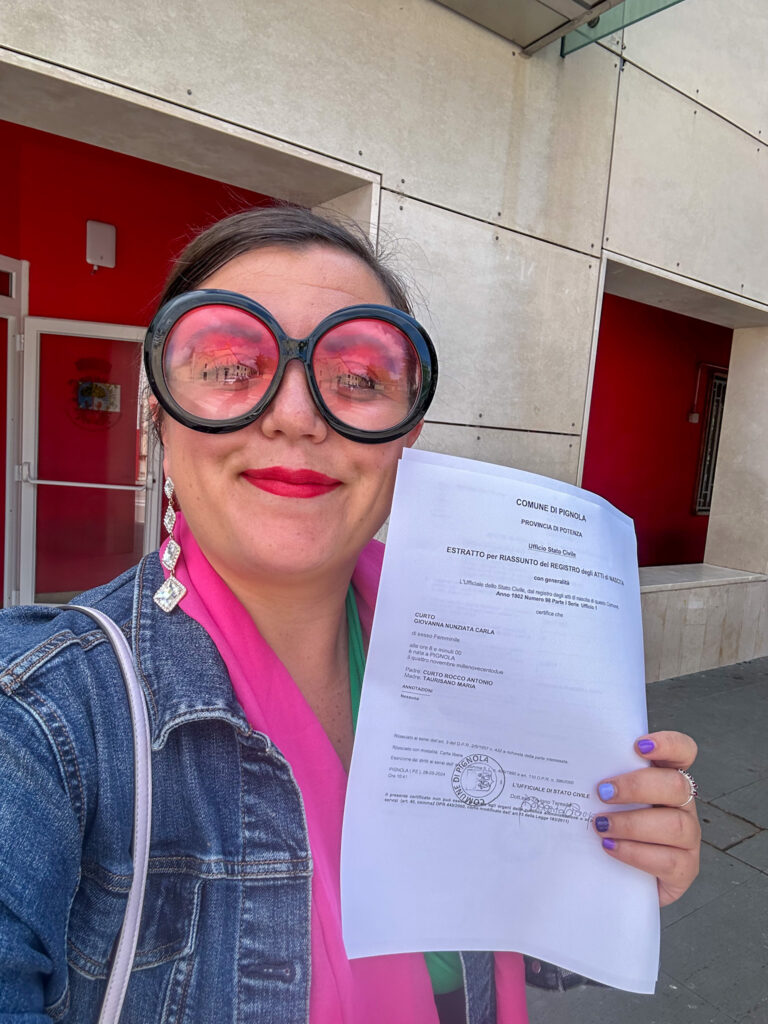
Congratulations if you officially have all of your documents! The hard part is over. Well… sort of. Now that you have them all, you need them all translated into Italian and notarized, and you also need to fix any name changes. Translating is not recommended to do on your own, and you should hire someone. I was quoted 64 euro a document from Marco Mellone, a genealogist attorney located in Italy, which I believe is reasonable.
When I say “fix all of the names,” what this means is, there are a lot of typos and name discrepancies on older documents; all documents must say the same names (for example, my GGM’s birth certificate said her last name is Taurisano, but it’s actually Curto– the commune in Pignola was able to fix this for me).
After you notarize, correct, and translate your documents, your next step largely depends on whether you have a jus sanguinis case or a 1948 case. If you have a jus sanguinis, you simply make an appointment with the Italian consulate in your local area. If you have a 1948 case, it’s time to hire an attorney.
Do I Need a Lawyer? And How Much Does it Cost?
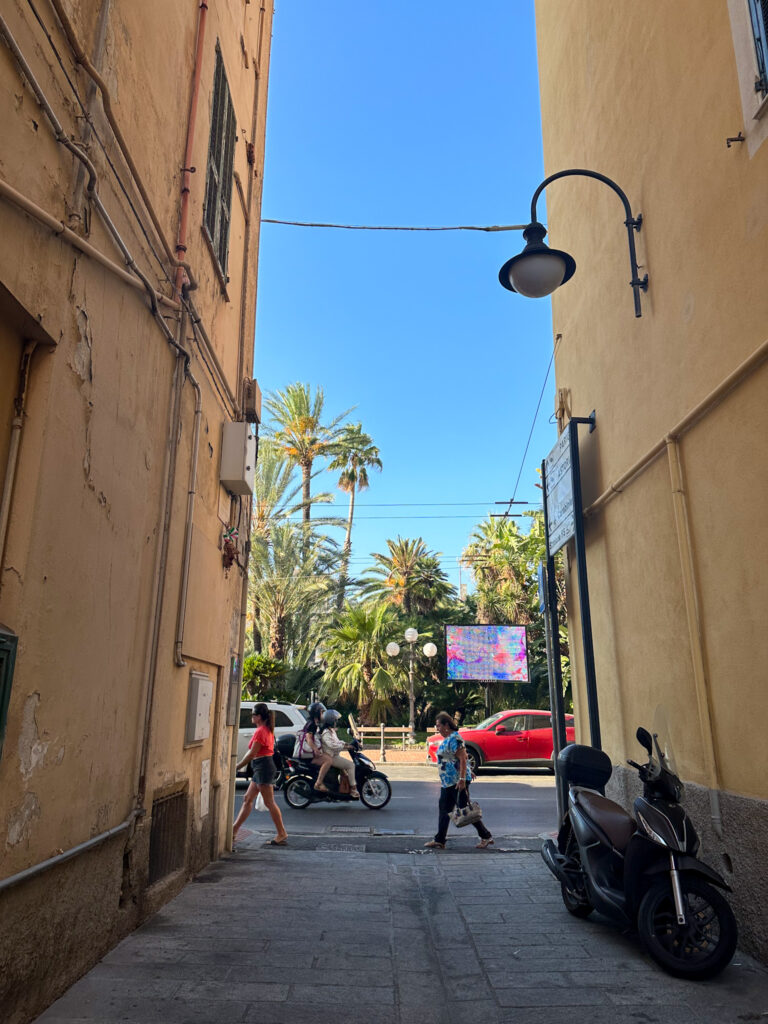
The golden question: do you *need* a lawyer? You can absolutely hire a lawyer prior to doing any work and let them do it all for you; this will certainly save you the headache of trying to find documents that seem impossible to find. Finding documents took me close to five years, when an attorney probably could have gotten it done in a few weeks. I was quoted close to 11,000 euro for an attorney, including finding all of the documents. Because I chose to do it the grassroots way, minus two trips to Italy, obtaining the documents was only $65 (a one-time cost through USCIS).
If you have a 1948 case, however, then yes, you need a lawyer. But you don’t technically NEED one until you have all of the documents. I was quoted around 3,000 euro as a starting fee with Marco Mellone, with a few additional fees should the case be successful. It seems as though, at most, it will cost me around 6,000 euro. If you want to do your own digging on who to hire, I highly suggest joining the Facebook group, Dual U.S.-Italian Citizenship. There are plenty of resources on there, and people often share success stories, which is extremely encouraging.
The reason you need an attorney for a 1948 case is because, since women weren’t considered full citizens until 1948, your attorney needs to fight a gender discrimination case for you. Note, these cases are almost always successful and many people are still able to obtain Italian citizenship using this route; it’s just frustrating that it’s an extra cost all because your lineage is through a female.
Bottom Line

So, if you have a direct family member who was born in Italy, the line was not broken prior to the next descendant being born, and you have a good amount of willpower and motivation to achieve something quite incredible (not many people can say they’re a dual citizen), it’s time to start connecting to your roots and finding documents!
DISCLAIMER: I might make a small commission from some of the links throughout this article, but the price is the same for you. This helps keep my business running so I can continue to provide free travel tips!
